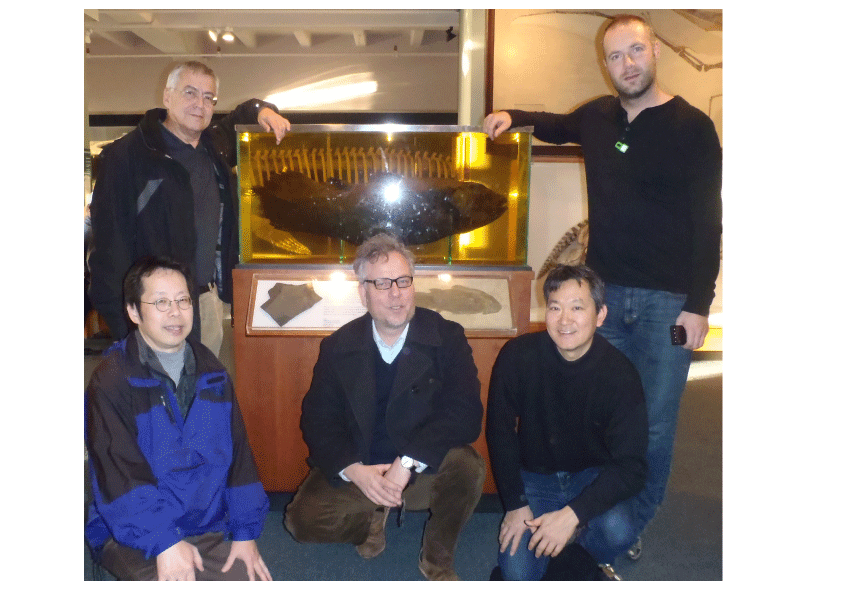Assoc. Professor Tatsuya Ota
Molecular evolution

Tatsuya Ota
Assoc. Professor
| Research Area | Molecular evolution |
|---|---|
| Google Scholar | |
| ResearchMap | |
| Interview |

As analyses of omics such as genomes and transcriptomes have been progressed for the increasing number of species, it becomes possible to study an organism as a whole, with recognizing each and every underlying system as product of complexed products of genes expressed. In our laboratory, with emphasizing the viewpoints of molecular evolution and population genetics, a few biosystems have been studied to answer the questions such as “How have the mutations of individual genes led to phenotypical changes and become subject to natural selection?” or “How have complex systems been formed through the accumulation of mutations? With the aims in mind, we are conducting specific research on the followings: (1) the evolution of vertebrate immune systems such as adaptive and innate immune systems of fishes, (2) the origin and genomic history of domestication of cultivated plants such as Azuki bean and buckwheat, (3) the evolution of reproductive systems in Polygonaceae, including buckwheat.
Selected Publications, Books etc.
- 1.Fawcett J.A., Takeshima R. et al. (2023) Genome sequencing reveals the genetic architecture of heterostyly and domestication history of common buckwheat. Nature Plants 9:1236–1251. doi: 10.1038/s41477-023-01474-1
- 2.Thompson A.W. et al. (2021) The bowfin genome illuminates the developmental evolution of ray-finned fishes. Nature Genetics 53, 1373-1384. doi:10.1038/s41588-021-00914-y
- 3.Braasch I. et al. (2016) The spotted gar genome illuminates vertebrate evolution and facilitates human-teleost comparisons. Nature Genetics 48, 427-437. doi:10.1038/ng.3526
- 4.Amemiya C.T., Alföldi J., et al. (2013) The African coelacanth genome provides insights into tetrapod evolution. Nature 496, 311-316. doi:10.1038/nature12027
- 5.Ota T., Rast J.P., Litman G.W., and Amemiya C.T. (2003) Lineage-restricted retention of a primitive immunoglobulin heavy chain isotype within the Dipnoi reveals an evolutionary paradox. Proc Natl Acad Sci USA 100, 2501-2506. doi:10.1073/pnas.0538029100

